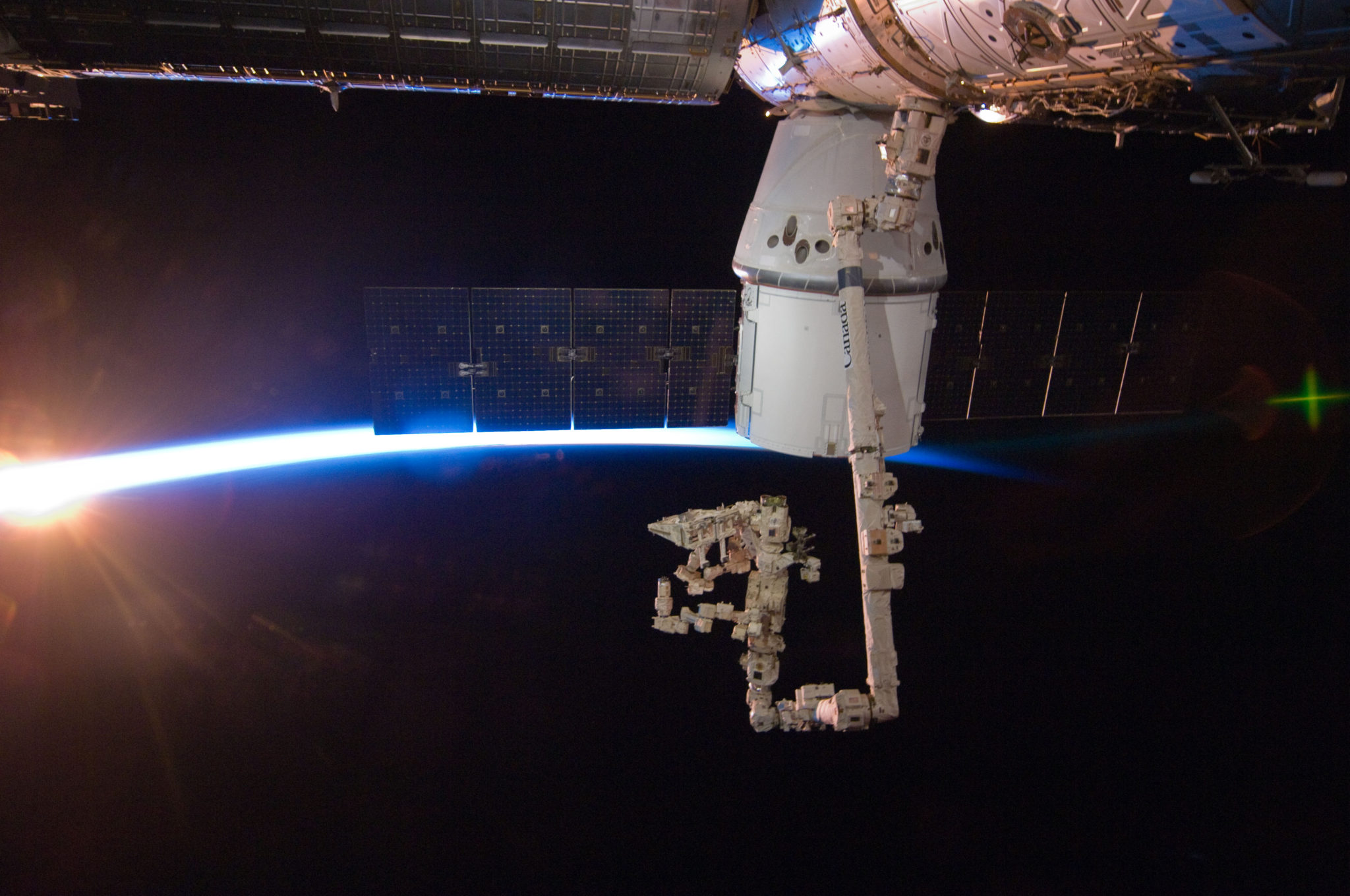Fact: May 20, 2015 the first reusable spacecraft has been launched into space carrying a lightsail used for harnessing solar energy, called Cubesat.
The first ever Cubesat was set to launch into space over a decade ago but failed to enter earth atmosphere due to the spacecraft used to get it to its destination. Russia initially was going to deploy this technology for the Planetary Society using their rocket, but failed minutes after launch because engines failed and that it being a repurposed nuclear submarine missile from the Cold War didn’t help.
The CubeSat is a type of miniatureized satellite for space research that usually has a volume of exactly one liter (10 cm cube) and has no more of a mass of 1.33 kilograms. Cubesat (1999) is a product of academia like Stanford and California Polytechnic State University but has also drawn in collaboration with the large-satellite maker Boeing. It’s the creation of the two schools above but more importantly, the brain behind it came from Jordi Puig-Suari of CPSU and Bob Twiggs of Stanford. It was initially formed for graduate students to be able to design, build, test, and operate in space with similar capabilities of Sputnik. It has grown in importance and emergence with time.
On this day, one of the two upcoming missions, the Cubesat sail will be attached to an Air Force rocket in a test mission. The second mission, the sail will be attached to a SpaceX rocket. Currently, the second mission for the first time going to use a crowdsourcing arena to raise the money. The initial goal, which would be far under the needed costs, would be $200,000. The mission costs approximately $5.45 Million and roughly $4 Million has alreaady been used for development. In just two-days, the campaign as grossed well over $200,000 and currently stands at $630,000 and increasing.
Why should you care about the lightsail? Well, the Cubesat lightsail is an UNLIMITED free energy system that harnesses energy straight from the source, the sun. It will provide the Cubesat propulsion (movement in space) and revolutionize acces to space for low-cost citizen projects. Moreover, the lightsail present or widens its use and scale. The success of this small sized (toaster size) energy gathering sail allows the possibility of solar energy harvesting for the planet. What better place to gather free energy than space? Our earth only has so much space on it, space is a little bigger!
Furthermore, the future engineering of the solar sails can be amplified and broadened to literal triangular 3-dimensions (most optimized for sun gathering directed towards the sun) allowing for the other 3 sides to gather ambient energy from outside stars far from our solar system. Most importantly, it provides future exploration with energy and reduces the dependencies on other forms of energy for exploration post launch.


